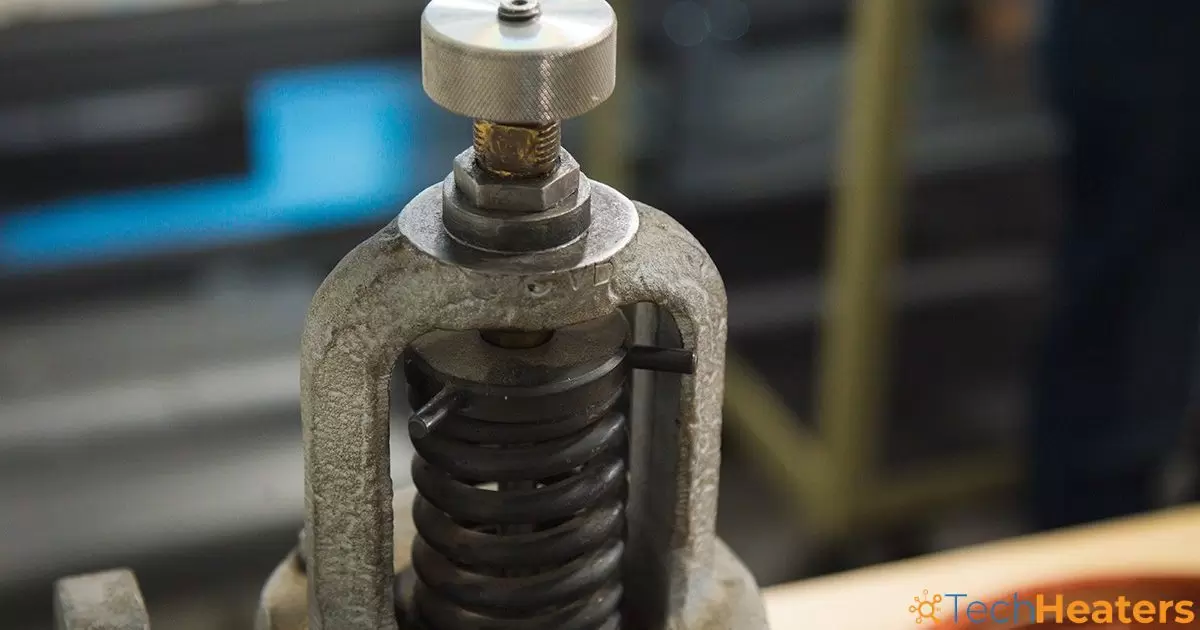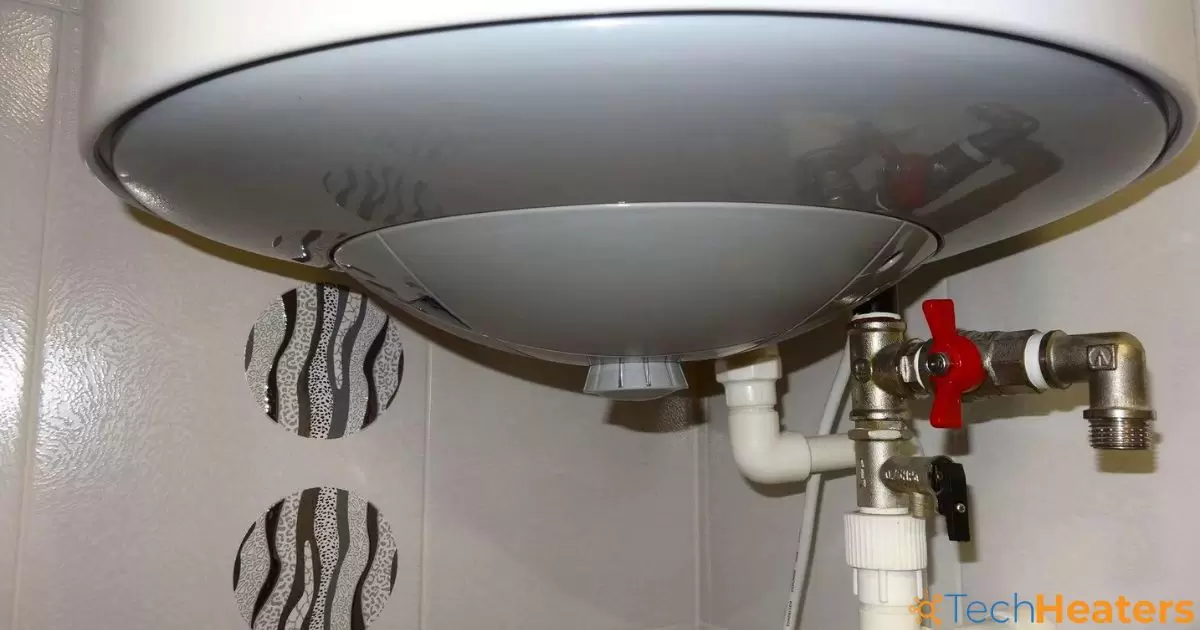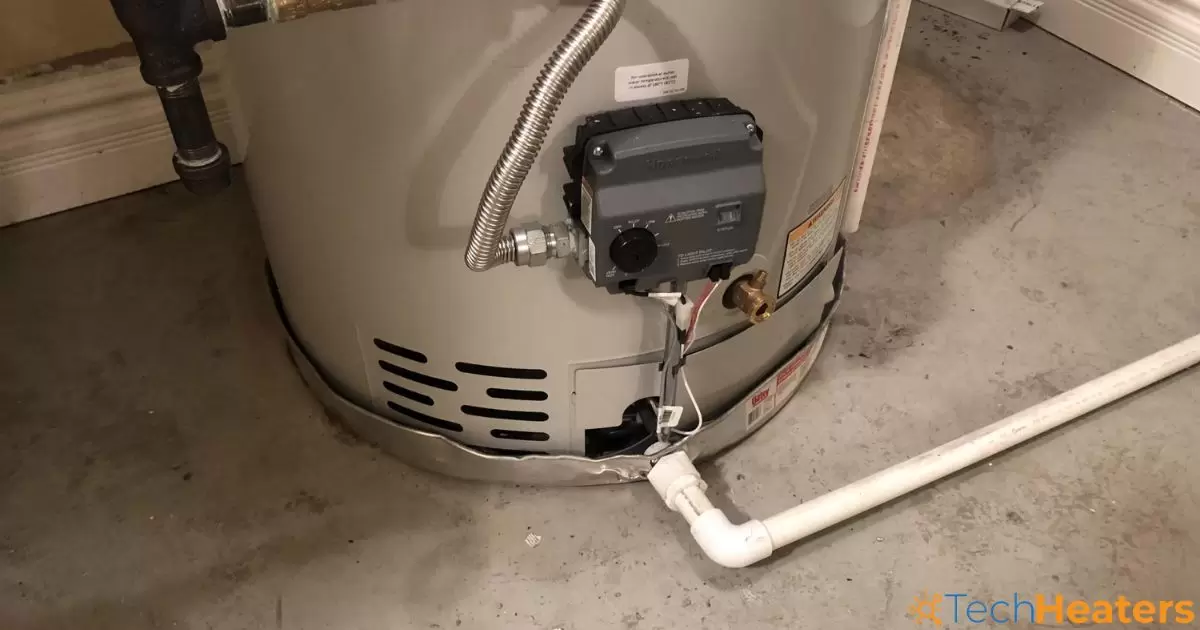Welcome to our step-by-step guide on how to drain your Rheem water heater. As a professional in the field, we understand the importance of maintaining and caring for your home appliances. You’re a homeowner seeking to belong to a community of responsible individuals or a diligent tenant wanting to ensure the longevity of your rental property, this guide is tailored to meet your needs.
By following our instructions, you will be able to safely drain your Rheem water heater, allowing for proper maintenance and preventing potential issues down the line. So let’s get started on this essential task that will keep your water heater running smoothly for years to come.
Key Takeaways
- Locate the circuit breaker for the water heater in the electrical panel and turn it off for safety.
- Gather necessary tools such as a wrench, garden hose, and bucket or drain pan.
- Find the drain valve near the bottom of the water heater and attach a garden hose securely.
- Open the pressure relief valve and drain valve slowly to allow air to enter the tank and drain the water heater properly.
Turn off Power Supply
To safely begin the process of draining a Rheem water heater, you should first turn off the power supply. This step is crucial to ensure your safety and prevent any potential accidents. To turn off the power supply, locate the circuit breaker for the water heater in your electrical panel. Flip the corresponding switch to the “off” position.
This will cut off the electricity supply to the water heater, eliminating any risk of electric shock during the draining process. Once the power supply is turned off, you can proceed with confidence to the next step of gathering the necessary tools for draining the water heater. Now that we have ensured the power is safely switched off, let’s move on to the next important step.
Gather Necessary Tools
First, gather the essential tools required for draining a Rheem water heater. Here are the three tools you will need:
- Wrench: A wrench will be necessary to loosen and tighten the drain valve. Make sure you have the right size wrench that fits the valve.
- Garden Hose: You will need a garden hose to attach to the drain valve and direct the water flow to a suitable drainage location. Ensure the hose is long enough to reach the desired area.
- Bucket or Drain Pan: To catch any residual water that may leak during the draining process, have a bucket or drain pan ready. This will help prevent any mess or damage to your surroundings.
Once you have gathered these necessary tools, you are ready to proceed to the next step of locating the drain valve.
Locate Drain Valve
To initiate the process of draining a Rheem water heater, locate the drain valve. The drain valve is typically located near the bottom of the heater. It is a small brass or plastic valve with a threaded opening.
Before locating the drain valve, ensure that the power supply to the water heater is turned off to prevent any accidents or injuries. Once you have located the drain valve, prepare a suitable container to collect the water that will be released during the draining process. This container must be able to hold several gallons of water. With the drain valve located, you are now ready to proceed to the next step of attaching a garden hose to the drain valve.
Attach Garden Hose
Securely fasten a suitable garden hose to the threaded opening of the drain valve using a sturdy hose clamp. This step is crucial in ensuring an effective and leak-free draining process. Here are three important points to consider when attaching the garden hose to the drain valve:
- Select the appropriate garden hose: Use a hose that is long enough to reach a suitable drainage location, preferably outdoors or into a drain. Ensure the hose is in good condition and free from any kinks or leaks.
- Thread the hose onto the drain valve: Align the threads of the hose with the threaded opening of the drain valve. Rotate the hose clockwise until it is securely fastened to the valve. This will prevent any water from leaking during the draining process.
- Secure the hose clamp: Once the hose is properly attached, use a sturdy hose clamp to secure it in place. Tighten the clamp to ensure a tight seal and prevent any potential leaks.
Open Pressure Relief Valve

Once the garden hose has been securely attached to the drain valve, it is important to open the pressure relief valve. The pressure relief valve is a crucial component of your Rheem water heater. Designed to release excess pressure in the tank to prevent any potential damage or explosion.
To open the pressure relief valve, locate it on the side or on top of your water heater. It usually has a lever or a knob. Gently lift the lever or turn the knob counterclockwise to open the valve. This will allow air to enter the tank and assist in the draining process. By opening the pressure relief valve, you ensure that the water heater tank can drain effectively and efficiently, making the overall draining process safer and more successful.
Open Drain Valve
To properly drain a Rheem water heater, the next step is to open the drain valve. This valve is located near the bottom of the water heater and is used to release the water from the tank. Here are three important things to keep in mind when opening the drain valve:
- Prepare a suitable drainage location: Before opening the drain valve, make sure you have a proper drainage location in place. This could be a floor drain, a large bucket, or a nearby sink. Ensure that the drainage location can handle the volume of water that will be released.
- Attach a hose if needed: If you want to direct the water to a specific location, you can attach a hose to the drain valve. This will allow you to control the flow and direct the water away from the heater.
- Open the valve slowly: When opening the drain valve, do it slowly to avoid any sudden bursts of water. Gradually open the valve to allow a controlled release of water. Be cautious and ensure that the water flows smoothly without any obstructions.
Let Water Heater Drain

Allow the water heater to fully drain until no more water remains in the tank, paying special attention to relieving any pressure in the hot water heater. This step is crucial in the process of draining a Rheem water heater effectively. To let the water heater drain, ensure that all valves are closed and the drain cap is securely fastened.
Gravity will play its role in this process, allowing water to flow out of the tank. It is important to note that the draining process may take some time, depending on the size of the tank and the water pressure. Patience is key during this step.
Once the water heater is completely drained, it is ready for further maintenance or repairs. Remember to always follow safety precautions and refer to the manufacturer’s instructions for specific guidelines.
Frequently Asked Questions
How Long Does It Typically Take for a Rheem Water Heater to Fully Drain?
The time it takes for a Rheem water heater to fully drain can vary depending on factors such as the size of the tank and the efficiency of the draining process.
Is It Necessary to Turn off the Water Supply Before Draining the Water Heater?
Yes, it is necessary to turn off the water supply before draining a Rheem water heater. This ensures that no additional water enters the tank during the draining process, allowing for an effective and thorough drainage.
Can I Use Any Type of Garden Hose to Attach to the Drain Valve?
When draining a Rheem water heater, it is important to use a garden hose that is compatible with the drain valve. Not all garden hoses may fit or provide a secure connection, so it is recommended to use a hose specifically designed for this purpose.
What Should I Do if the Drain Valve Is Stuck and Won’t Open?
If the drain valve on a Rheem water heater is stuck and won’t open, it is recommended to consult a professional technician to avoid causing further damage to the system.
Are There Any Safety Precautions I Should Take While Draining the Water Heater?
When draining a water heater, it is important to take safety precautions. These may include turning off the power supply, allowing the water to cool, and using protective gear such as gloves and goggles.
Conclusion
In conclusion, by following the precise steps outlined in this article, you can successfully drain your Rheem water heater. By turning off the power supply, gathering the necessary tools, locating the drain valve, attaching a garden hose, opening the pressure relief valve, and finally, opening the drain valve, you can effectively drain your water heater. This process ensures the removal of sediment and prolongs the lifespan of your Rheem water heater. Maintaining its efficiency and providing you with reliable hot water.











